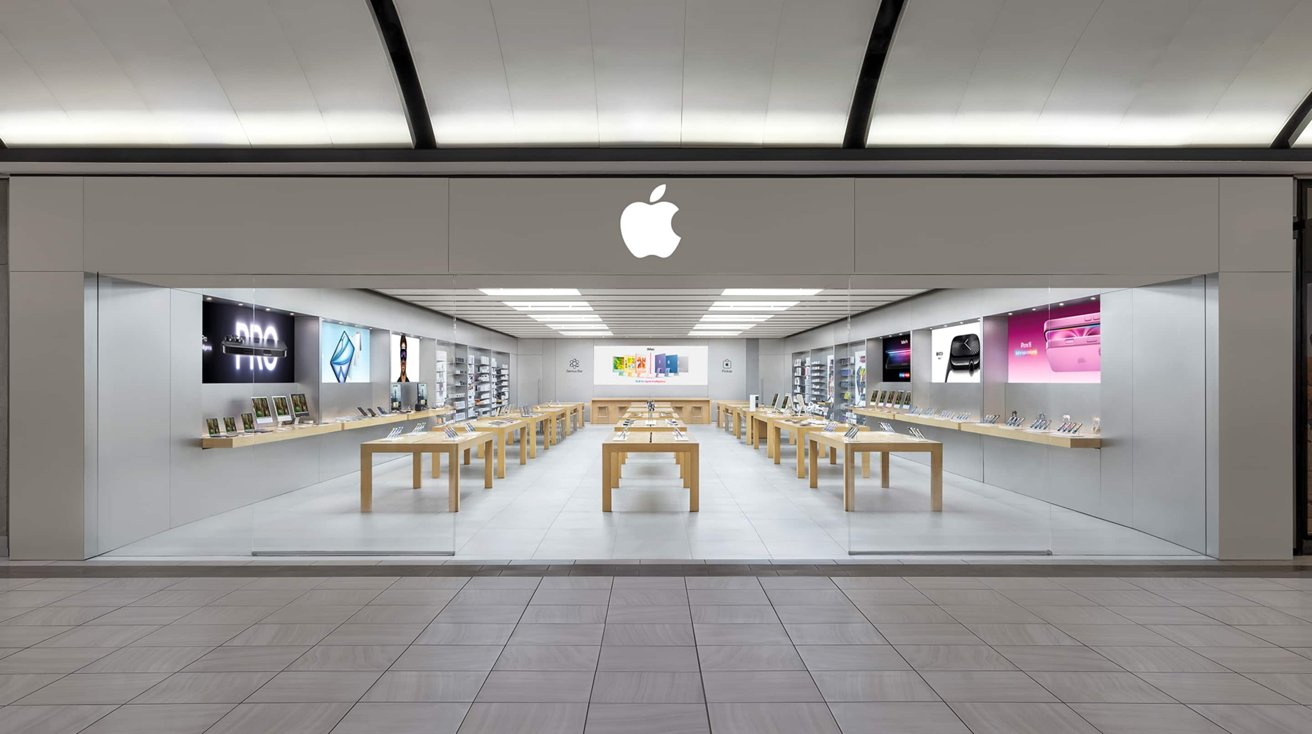In the first quarter of 2025, Apple’s iPhone shipments in China experienced a 9% year-on-year decline, marking the seventh consecutive quarter of reduced sales in this critical market. According to data from the International Data Corporation (IDC), Apple shipped 9.8 million units during this period, resulting in a market share decrease to 13.7% from 17.4% in the previous quarter. This downturn positions Apple as the only major smartphone manufacturer to report a decline in shipments within China during this timeframe.
Conversely, Xiaomi, a prominent Beijing-based smartphone brand, reported a significant 40% increase in shipments, totaling 13.3 million units. This surge enabled Xiaomi to reclaim the top position in the Chinese smartphone market, a status it had not held for nearly a decade. The overall smartphone market in China saw a 3.3% growth, driven in part by government subsidies and heightened consumer demand during the Spring Festival season.
Government Subsidies and Market Dynamics
At the beginning of 2025, the Chinese government introduced a subsidy program offering a 15% reimbursement on electronics priced under 6,000 yuan (approximately $820). This initiative aimed to stimulate consumer spending and bolster the domestic electronics industry. Xiaomi and other local brands effectively aligned their pricing strategies to benefit from this program, thereby enhancing their appeal to cost-conscious consumers.
Apple’s standard iPhone 16, priced at 5,999 yuan, technically qualified for the subsidy. However, the company’s overall premium pricing strategy limited its ability to fully capitalize on the benefits of the program. Will Wong, a senior research manager at IDC Asia/Pacific, commented on the situation: The subsidy scheme boosted the entry and mid-range segment where Xiaomi thrives. Apple, on the other hand, declined as its premium pricing structure prevented it from capitalizing on the subsidies.
Broader Implications and Future Outlook
The first quarter of 2025 saw China’s smartphone market ship 71.6 million units, surpassing the global growth rate of 1.5%. Despite this positive trend, the impact of the government subsidies was less pronounced than anticipated. Complex implementation procedures and mixed consumer sentiment contributed to growth figures that fell short of IDC’s original forecasts.
Wong further noted, The first quarter’s performance gives brands room to brace for external risks, including trade tension with the US. This statement underscores the importance for global brands like Apple to adapt their strategies in response to evolving market conditions and geopolitical factors.
Challenges for Apple in the Chinese Market
Apple’s declining performance in China can be attributed to several factors beyond pricing strategies. The company faces intensified competition from domestic brands such as Huawei and Xiaomi, which offer feature-rich devices at more competitive price points. Additionally, Apple’s efforts to introduce its AI assistant, Apple Intelligence, into the Chinese market have been hindered by regulatory constraints. The company is reportedly collaborating with local partners to navigate these challenges, but the absence of these features may have impacted consumer interest.
Furthermore, cultural and nationalistic sentiments have influenced consumer preferences. Reports suggest that using foreign-branded smartphones, including iPhones, has become less favorable among certain Chinese consumers, who are increasingly inclined to support domestic brands.
Xiaomi’s Strategic Positioning
Xiaomi’s remarkable growth in the first quarter of 2025 can be attributed to its strategic alignment with market demands and government initiatives. By offering a range of devices that qualify for the government subsidies, Xiaomi has effectively captured the attention of budget-conscious consumers. Additionally, the company’s focus on integrating advanced features into its mid-range and entry-level models has enhanced its competitive edge.
Conclusion
The contrasting performances of Apple and Xiaomi in China’s smartphone market during the first quarter of 2025 highlight the critical importance of pricing strategies, market alignment, and responsiveness to government policies. As Apple contends with declining sales and intensified competition, the company may need to reassess its approach to the Chinese market to regain its footing. Meanwhile, Xiaomi’s success underscores the effectiveness of strategic adaptability and consumer-centric offerings in a rapidly evolving market landscape.



